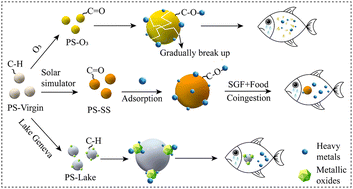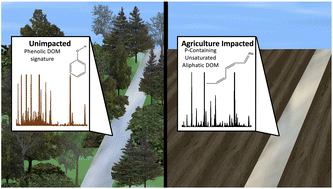Environ. Sci.: Processes Impacts, 2024, 26,288-297
DOI: 10.1039/D3EM00469D, Paper
DOI: 10.1039/D3EM00469D, Paper
Ying Li, Chaoqun Zhang, Meijun Yang, Jing Liu, Hongping He, Yibing Ma, Yuji Arai
This study indicates that in alkaline media, carbonate slightly inhibits ferrihydrite transformation and suppresses goethite formation, but promotes hematite formation, which has important implications for elemental biogeochemical cycles.
The content of this RSS Feed (c) The Royal Society of Chemistry
This study indicates that in alkaline media, carbonate slightly inhibits ferrihydrite transformation and suppresses goethite formation, but promotes hematite formation, which has important implications for elemental biogeochemical cycles.
The content of this RSS Feed (c) The Royal Society of Chemistry



 Open Access
Open Access








